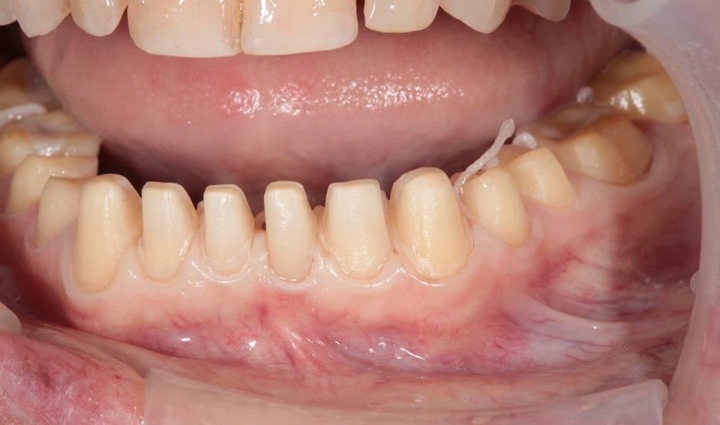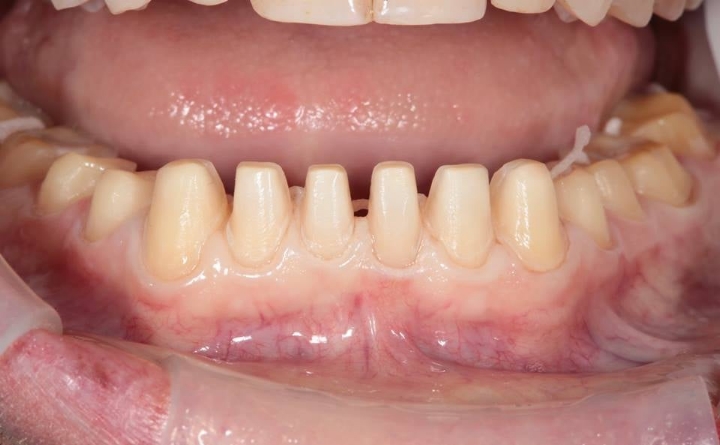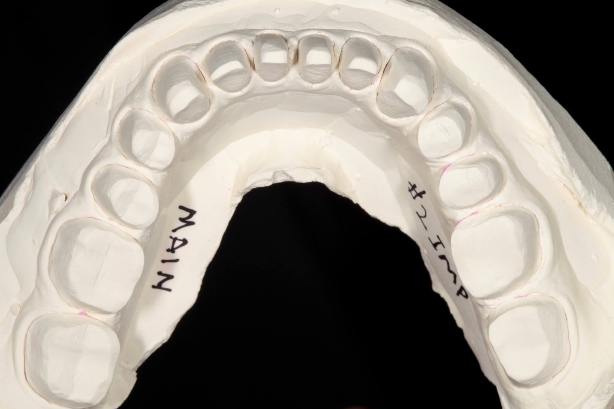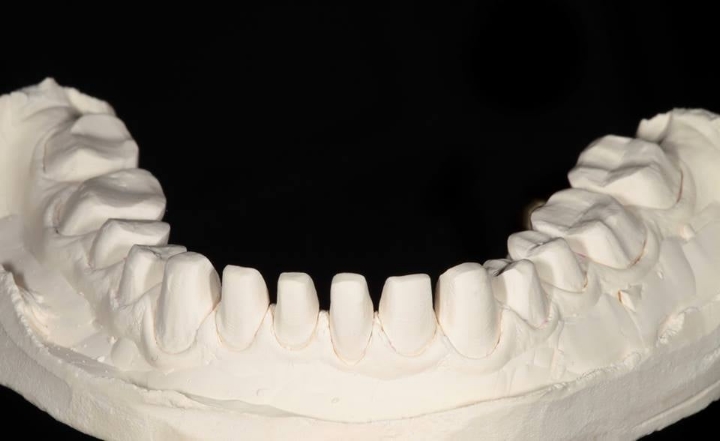Upper arch or Lower arch first????
Questions often arise of why we do the lower arch first so here it is.
The reasons the lower arch are restored first are:
Bill Strupp:
1) The length of the lower incisors is the prime determinant for the vertical dimension of occlusion which is altered in most every full mouth case.
2) The position and shape of the lower incisal edges dictates esthetics, phonetics and function.
3) If one restores the upper arch first, the patient will likely not have the lower arch restored.
As the VDO is increased the buccal cusp tips of the lower move lingually while the upper lingual cusp tips move labially.
This can result in an aberrant and unstable occlusion if the vertical is not properly established before designing the occlusal surfaces of the posterior teeth.
Doing the lower arch first assures the buccal cusps of the lower will fit into a properly designed fossa on the upper.
If the incisal edges of the anterior segments do not line up properly, a lisp or whistle will occur. The lingual contour of lower incisors is also a factor in this scenario.
If the shape of the lower incisors has to be compromised to fit into an already designed palatal contour of the upper anterior teeth, because the upper was restored first, cosmetic appearance of the lower anteriors can be compromised.
If the shape and position of the lower incisal edges are not “spot on”, the resulting incorrect anterior envelope of function could easily violate the biology supporting the maxillary anterior segment resulting in mobility, migration and bone loss secondary to primary and secondary occlusal trauma.
Our protocol is to prep the lower arch first, make the bite record at the correct VDO in centric relation, wax the upper opposing to perfection taking into account the biology, cosmetics, occlusal stability necessary for the case to be a long-term success and then build the lower arch into the ideal wax up. Once the lower restorations are delivered the upper arch can be restored.
The perfect wax up of the upper opposing is used to create provisional restorations that reflect the appropriate cosmetics, phonetics and function of the final case.
A model of these provisionals mounted in the correct horizontal plane serves as a three dimensional blueprint for the technician to fabricate the upper case.
We never do both arches at the same time because the precision of occlusion is lost to the cement thickness of opposing restorations thus making the case a real pain to manage in terms of delivery time which negatively impacts our bottom line.
In addition, the exact position of the anterior segments (the incisogingival and labiolingual position of the incisal edges) is left up to the imagination of the technician and this may not necessary be a reflection of the biology that supports the restored teeth.
Simplifying Complex




